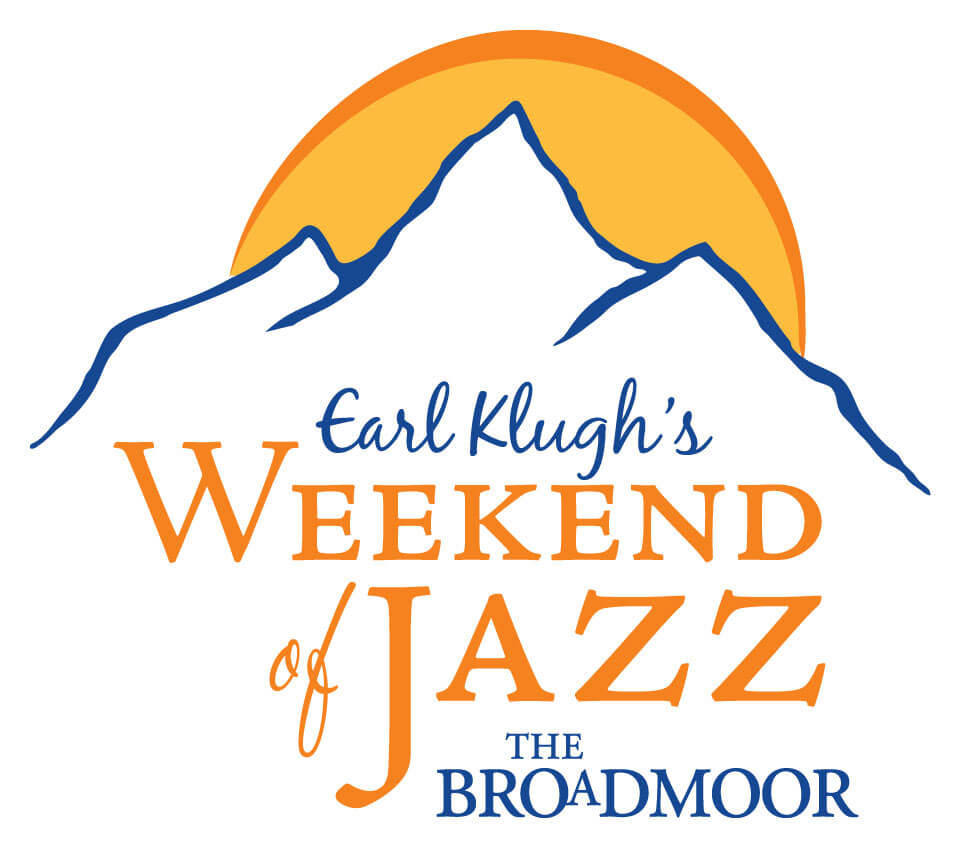
Weekend of Jazz at The Broadmoor
Join Us! Reserve Now 844-810-8205
About Rick Braun
Conventional music industry wisdom has long dictated that self-titled albums are, by design and intention, introductory artistic statements reserved for an artist’s first release. While slyly admitting he’s a little late to the party, Rick Braun boldly bucks this traditional trend with his stellar latest set, a stylistically eclectic, ultra-soulful/funky and exotica tinged collection celebrating 30 years since Intimate Secrets launched him to contemporary jazz stardom and made him one of the genre’s most influential artists and producers.
After hinting at fresh directions to come with the title of his 2018 album Crossroads, the versatile trumpeter and flugelhornist marks a fresh new chapter in his career with Rick Braun, the first full-on Smooth Jazz project released on his indie label Brauntosoarus Music. The project – Braun’s 19th as a leader - was executive produced by Roy McClurg, who has also served in this capacity on recordings by Mindi Abair, Darryl Williams and Michael Lington.
After amassing over 20 #1 Smooth Jazz hits, producing #1s for fellow genre greats David Benoit, Marc Antoine and the late Jeff Golub, creating two of the genre’s most impactful dual albums ever (Shake It Up with Boney James, RnR with Richard Elliot) and recording three hit albums as part of the all-star trio BWB (with Kirk Whalum and Norman Brown), Rick Braun reveals the exciting truth that the multi-faceted performer is in full creative overdrive and from his unique perspective, just getting started.
“With every project, every tour and each year that passes, I realize that as a musician and artist, I still have a long way to go before I am where I would like to be,” Braun says. “There’s no true final destination, and the inspiring part of that is that I can keep practicing to improve. Music is never something you perform perfectly, and so I always feel like I’m a work in progress.
Everything I’ve done in the past – the accomplishments as well as mistakes - is part of who I am, but I’m always looking to explore fresh ideas, stay in the moment and just go with what feels right. Thirty years in, I still love the camaraderie of playing music with my friends.”
Regarding the idea of dropping a self-titled album so deep into his discography, Braun shares that there are reasons behind “my madness” – including the fact that he wrote or co-wrote all of the songs and there are no covers. It’s also one of the few albums of his storied career to not feature at least a few of his fellow genre stars. This is partially a result of the pandemic and lockdown, which necessitated that Braun develop many of these songs further than usual by himself, isolated in his home studio.
Another beautiful musical silver lining emerging from this trying time was the development of the trumpeter’s creative relationship with veteran guitarist Tony Pulizzi, who became the “house” guitarist for Braun’s long-running “Rick’s Cafe” – a popular long running weekly concert series that streamed live from Braun’s living room turned concert stage. The 70 or so, now archived shows, were high tech, five camera shoots directed by the trumpeter’s son Kyle and featured live (and of course, socially distanced) collaborations between invited guest artists.
Pulizzi had played on Crossroads, but these weekly events – now on YouTube – cultivated a powerful camaraderie with Braun that led to him lending his powerful guitarisma to each track of Rick Braun, perfectly fulfilling the trumpeter’s vision for the project.
Another key collaboration further cultivated by “Rick’s Cafe” was with keyboardist Carnell Harrell, who co-wrote and played on the collection’s spirited and infectious opening track “Far Away Places.” Braun’s only other co-composition is the gracefully exotic, Latin tinged romance “Amor De Mi Vida (Love of My Life), which features its co-writer, two-time Grammy nominated artist/producer Chris “Big Dog” Davis, on keys.
Once some of the lockdown restrictions lifted, Braun enjoyed bringing in some of contemporary jazz’s most storied sidemen to flesh out his sonic vision, always based on who he felt was the best match for the vibe and groove he was after. These include bassists Darryl Williams, Jimmy Haslip, Kenny Wild, Nate Philips, Oskar Cartaya and Courtney Wild; drummers Gorden Campbell, Sergio Gonzalez, Eric Valentine and Gary Novak; keyboardist Greg Phillinganes; flutist Richard Freemont; and percussionist Lenny Castro, who adds his legendary fire to take every track to a transcendent rhythmic level. Braun also showcases his own formidable keyboard chops on the tunes “Turkish,” “Da Funk,” “Back to Mallorca, “Feet First,” “Playin Around” and most emphatically on the sassy, swinging funk closing track “Four on the Floor,” which includes
a colorful piano solo and dashes of bluesy B-3 magic.
Another fascinating element Braun brings to the album is a ten-piece live string section, arranged and conducted by Nick Lane, on five tracks. Beyond creating textures that alternately caress and soar, these strings are Braun’s way of paying homage to the sound of the classic 60’s and 70’s albums on Creed Taylor’s legendary CTI Records.
Stylistically, longtime Braun fans will clearly hear the latest fruits of his ongoing passion for incorporating world music into his trademark trumpet and flugelhorn aesthetic, as he did on classic tracks like “Tijuana Dance?” (from 2009’s All It Takes) and throughout his 2017 collection Around the Horn. The tracks on Rick Braun which tap into this aspect of his artistry include the aforementioned “Amor De Mi Vida (Love of My Life”; the buoyant, lighthearted “Turkish,” his first ever venture into Middle Eastern-Mediterranean territory; the silky and sensual, ultimately soaring brass tinged Latin fusion jam “Back to Mallorca”; and the trippy and danceable, Herb Alpert-flavored, muted trumpet and brass fueled “Feet First.” While Braun’s mastery of blending steamy seduction with vibrant funk is on display throughout, “The Color of
Love” is an emotionally impactful ballad that finds him slowing down to create a sense of heart and soul intimacy.
Braun, a native of Allentown, PA, counts as some of his chief influences’ greats like Till Bronner, Clifford Brown, Freddie Hubbard, Lee Morgan and Chet Baker, in addition to Philly originated legends from The Brecker Brothers and Jeff Lorber and fellow Allentown native Keith Jarrett. While attending the Eastman School of Music, he became a member of the jazz fusion band Auracle and cut his producing chops on their second album. He set the stage for his early 90s emergence as a contemporary jazz artist with a successful career in pop music during the 80s, writing, co-writing REO Speedwagon’s Top 20 Billboard hit “Here With Me” and working in the studio and/or on tour with everyone from Crowded House to superstars Natalie Cole, Glenn Frey, Tom Petty, Sade, Rod Stewart, Tina Turner and War.
In addition to classic, genre defining Contemporary Jazz albums like Beat Street (1995), Full Stride (1998), Kisses in the Rain (2001), Esperanto (2003) and Can You Feel It (2014), Braun’s eclectic discography includes the 2005 covers album Yours Truly, the standards set Sings with Strings (2011) and his second holiday album, the independently released Swingin’ In the Snow (2012). He is also featured, along with Mindi Abair, on 2007’s Peter White Christmas.
“People often ask me, what is it that keeps me going so that I can play music, but I see it as just the opposite,” Braun says. “Especially during these challenging past two years, music has been the lifeline that’s kept me going so that I can do everything else well in my life, including being the best dad I can to my amazing kids Kyle and Emma. Rick Braun is the first album in my career where I made a conscious effort to do the bulk of heavy lifting, but it’s also a wonderful example of the energy and synergy that happens playing with good friends – and the miracle of what happens when people get together and create music spontaneously. I encouraged each of
them to express themselves just as they wanted to, and that contributes greatly to the magic. I enjoyed every step of making this recording for many reasons, but most of all for being able to create and share so many special moments with so many wonderful friends throughout the process.”
About Richard Elliot
The line-up on Authentic Life is a testament to the respect and adoration Richard Elliot has earned throughout his four-decade career. “ With every record, I try and push my boundaries and stay out of my comfort zone so I can create an environment for evolution” Elliot confides, I feel very fortunate and privileged.” Authentic Life includes trumpeter Rick Braun, keyboardists Jeff Lorber, Chris “Big Dog” Davis, and Philippe Saisse, saxophonists Dave Koz and David Mann, and percussionist Lenny Castro. “It was wonderful collaborating with these guys because each one of them pushes me in a different direction melodically.”
Born in Scotland and transplanted to Los Angeles at the age of three, Richard Elliot was captivated by R&B and smitten with the Motown sound. At age sixteen Elliot recalls “I watched this big man on stage. I was mesmerized. Dexter Gordon blew the first note, his huge sound blew me away.”
A young Richard Elliot polished his chops serving as a sideman for giants, including the Yellowjackets, Natalie Cole, and Motown hitmakers Smokey Robinson and the Temptations. But many first heard the saxophone virtuosity of Richard Elliot in the 1980s, as a touring musician with the Bay Area soul-funk outfit, Tower of Power.
In that time, he released his debut solo album, “Trolltown”, and the ensuing success encouraged him to make a name for himself as a solo artist. By the late ’80s, Elliot was signed to Blue Note Records, where he worked with the legendary record executive, Bruce Lundvall, an early champion of Elliot’s work.
Since then, Richard Elliot has released more than 20 albums. His list of #1 albums include “On The Town”, “Soul Embrace”, “After Dark”, “and Jumpin’ Off”, and Elliot holds a consistent presence at the top of the Billboard charts. He has also enjoyed the distinction of having two releases chart simultaneously; “Chill Factor” remained on Billboard’s Contemporary Jazz Chart for over 94 weeks, with the “The Best of Richard Elliot” 26 weeks simultaneously.
“A lot of my inspiration is based on the idea of living life in a mindful way. The truest way possible, that allows you to be sincere in your actions and intentions with other human beings.”
The ever-evolving and continually inspired Richard Elliot concludes, “I definitely don’t feel the same sense of urgency that I did in my younger years. I always felt that I had something to prove whereas now I only need to prove to myself that I am growing as human being and artist - accepting life in all of its facets - living an Authentic Life.”
About Peter White
Over the years, Peter White has maintained a reputation as one of the most versatile and prolific acoustic guitarists on the contemporary jazz landscape. Armed with an unparalleled combination of lyricism and energy, he combines elements of jazz, pop and classical guitar to create a sound that is singular and at the same time accessible to a broad audience.
Born in 1954 in Luton, a small town north of London, White and his family moved to nearby Letchworth shortly after he was born. As a child, he learned to play several musical instruments, including the clarinet, trombone, violin and piano. And of course, like so many youngsters growing up during the heyday of the Beatles and the Rolling Stones, he gravitated to the guitar.
He learned his first chords on an acoustic guitar, then bought his first electric guitar in his early teens and studied the recordings of the reigning guitar gods of the day – Jimi Hendrix, Eric Clapton and Jimmy Page. But his musical aspirations ultimately veered back in an acoustic direction following an accident that doomed his beloved electric guitar. The axe was destroyed in a fire, one that White’s younger brother Danny – an aspiring pianist – accidentally started.
“The funny thing is that Danny didn’t actually admit to setting that fire for at least twenty-five years,” says White. “I had been kind of obsessed with the electric guitar at that point in my life, so that episode kind of forced me to go back to playing the acoustic. In retrospect, that’s a good thing.”
Indeed, White’s interests after the accident shifted more toward the music of acoustic artists like Crosby, Stills and Nash, James Taylor, and Joni Mitchell. Plugged or unplugged, he had decided by his late teens that music was his calling, and his first professional gig was at a holiday resort in England when he was 19 years old.
Barely a year later, he was invited to join Al Stewart’s band as a keyboardist for a tour of England, Scotland, and the U.S. in 1975. In addition to opening for artists like Linda Ronstadt, Billy Joel and Queen, White worked with Stewart in the studio in the making of Year of the Cat, which became a huge hit for Stewart in 1976. The tour and the album marked the beginning of a twenty-year association with Stewart. In that time, the two musicians co-wrote numerous songs, including Stewart’s 1978 hit, “Time Passages.”
By the beginning of the ‘80s, White and Stewart had relocated to Los Angeles, formed a band called Shot in the Dark, and established a music publishing company called Lobster Music. Around the same time, Danny White – he of the burning guitar incident several years earlier – formed a group called Matt Bianco, which included a talented Polish singer named Basia Trzetrzelewska. Danny White and Basia splintered off to launch the singer’s solo career with the 1987 debut album, Time and Tide, which featured Peter White on guitar.
After fifteen years as a backup musician and a session player, White launched his solo recording career with the 1990 release of Reveillez-Vous (French for “Wake up,” a title chosen by White in honor of his French mother). The album included several unused songs that White had written for Stewart, and it became a favorite among contemporary jazz radio stations.
He followed with three records on the Sindrome label – Excusez-Moi (1991), Promenade (1993) and Reflections (1994) – before signing with Columbia for the 1996 release of Caravan of Dreams. He maintained an ambitious release schedule through the ‘90s and beyond, but also found time to appear on recordings by many of his friends, including Dave Koz, Rick Braun, Richard Elliot, Jeff Golub, Lee Ritenour, Kirk Whalum, Boney James and many others.
On the road, he has participated in numerous “Guitars and Saxes” tours with the aforementioned players, and has established an annual “Peter White Christmas Tour” – the latter enterprise fueled by the success of his two highly regarded holiday albums, Songs of the Season (1997) and A Peter White Christmas (2007).
Good Day, released in 2009 on Peak Records, a division of Concord Music Group, was White’s first collection of original songs in several years. “I just started going through my backlog of material – songs that I’d never finished, some going as far back as ten or fifteen years – and I discovered that I had a lot of gems that I really wanted to show to the world,” he says. “I wanted to record them in my own time and in my own way, without any outside influence or interference.”
White released Here We Go in 2012 on Heads Up International, a division of Concord Music Group. The 11-song set, produced by White and DC (George Benson, Larry Carlton, Bob James, Patty Austin), featured several high-profile guest musicians, including saxophonists David Sanborn and Kirk Whalum, and pianist Philippe Saisse, and included a range of original material written in the recent and distant past. “I wanted variety,” says White. “I wanted songs that moved me, in the hopes that they’ll move the listener as well. I’m on a journey, and I want to bring with me anyone who’s willing to follow.”
Smile, released on October 7, 2014, is the final CD in White’s trilogy of albums consisting entirely of his own material. Co-produced with DC, the recording features ten tracks – some were written recently, some White wrote along the way with close friends and some were from the vault. Special guests include Mindi Abair (vocals), Rick Braun (horns), Euge Groove (soprano sax) and Philippe Saisse (keyboards, piano and orchestra programming). White’s daughter, Charlotte, plays violin on one song.
In a career that spans nearly four decades, over a dozen solo recordings and countless performances, White insists that it’s the faces in the crowd and the fans that keep the experience fresh. “I’ll play a live show, and someone will come to me afterward and say, ‘Oh, I loved this CD,’ or ‘This song helped me through a bad time,’” he explains. “Or I get emails from people saying, ‘Oh, I love the way you covered one of my favorite songs on your record back in 1994.’ The idea that someone can write me an email and tell me about something I did on a record that was released fifteen years ago – you can’t buy that. That’s priceless. That’s what keeps me going – the idea that people out there really care about what I do, the idea that I’ve made a difference for someone.”
Earl Klugh's Weekend of Jazz


